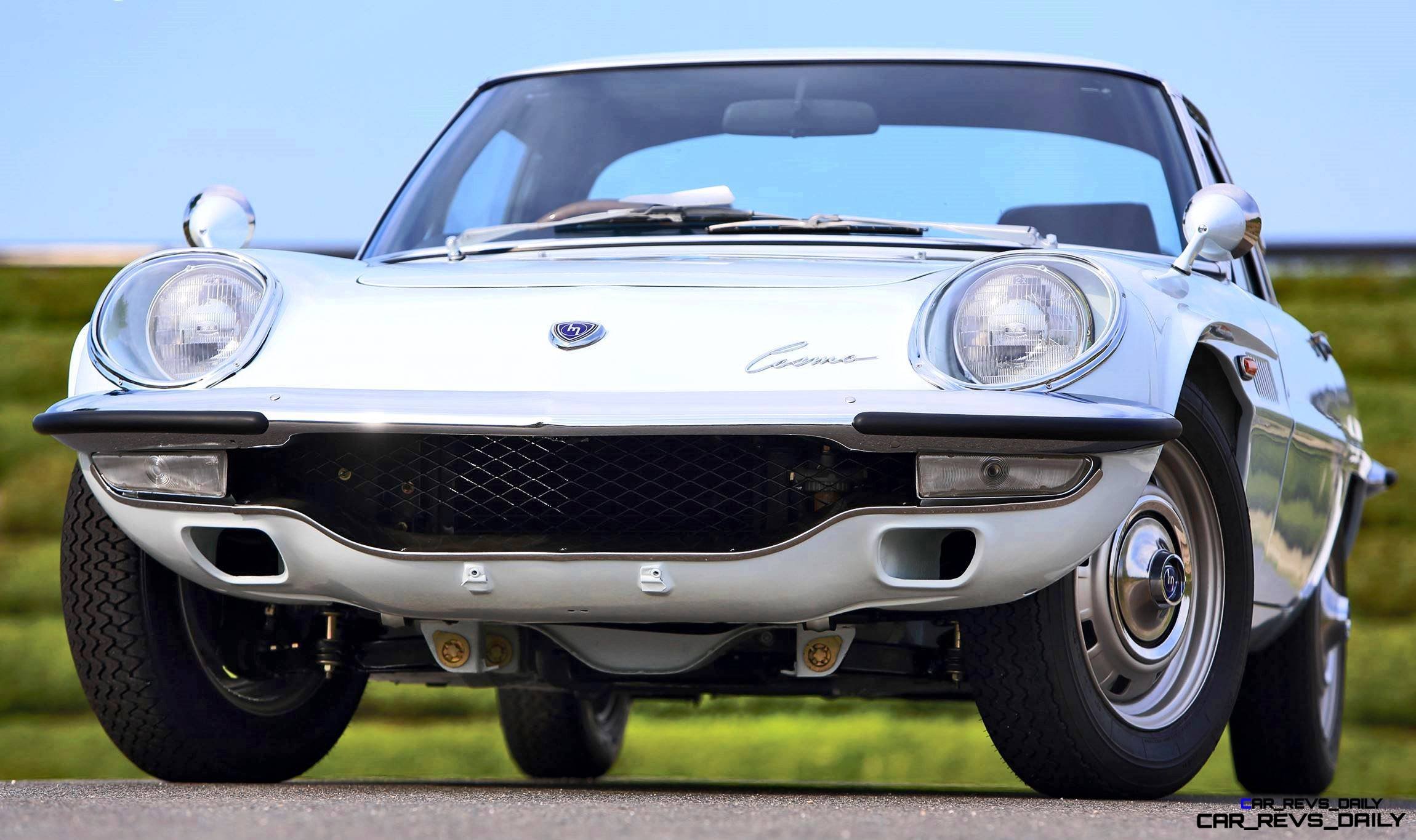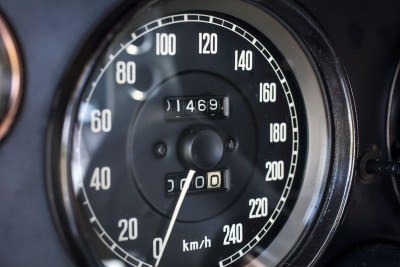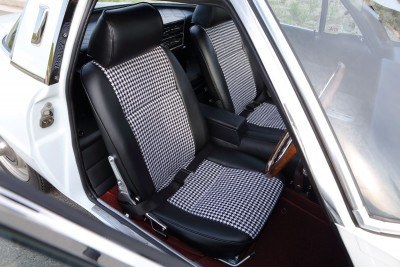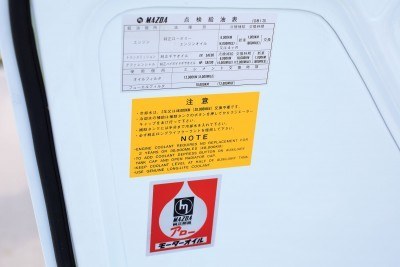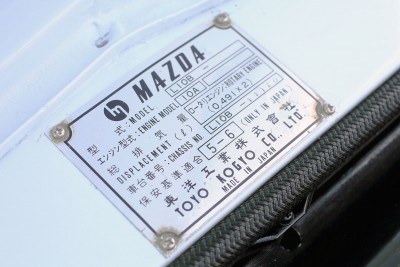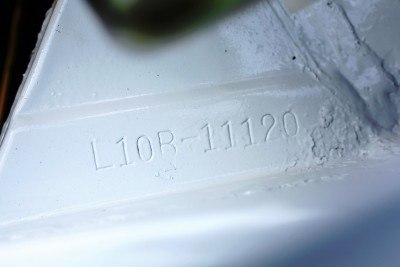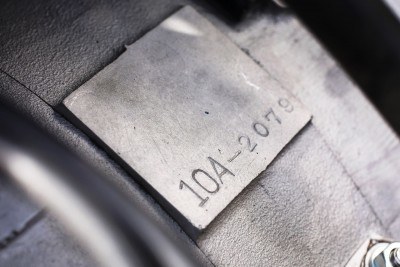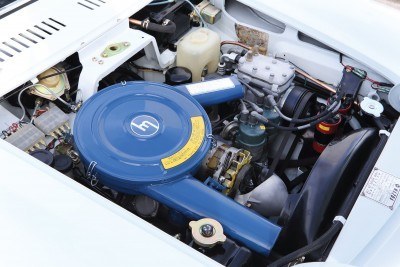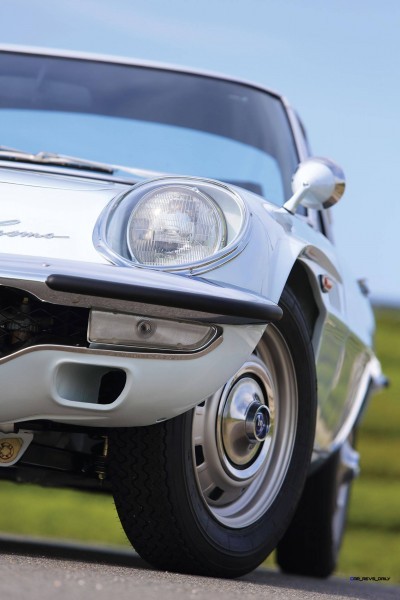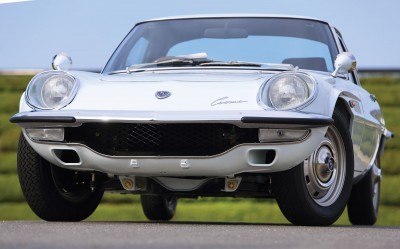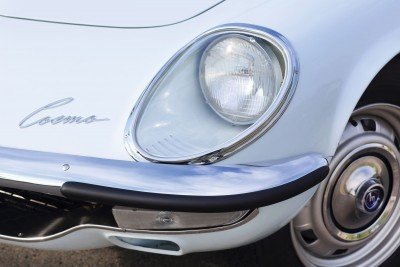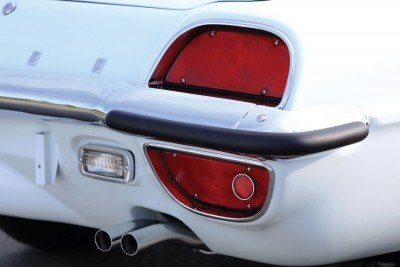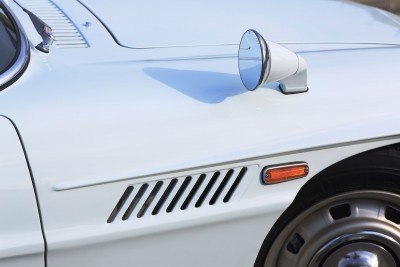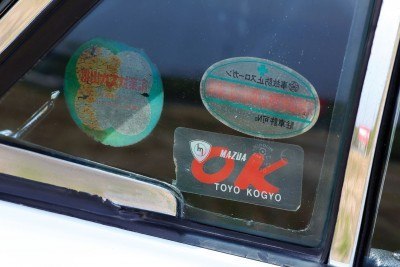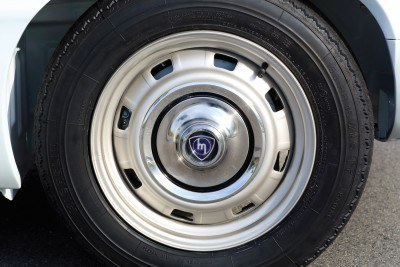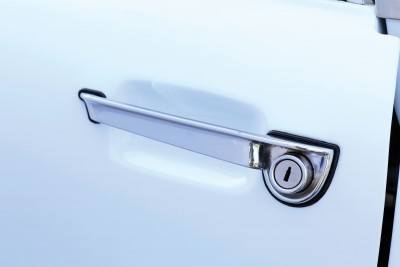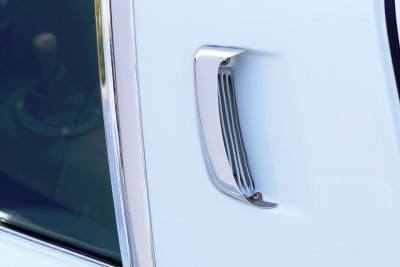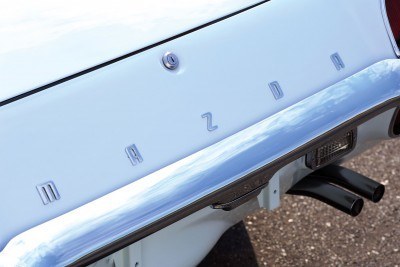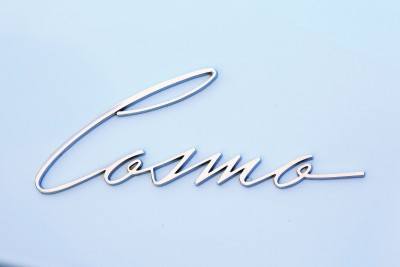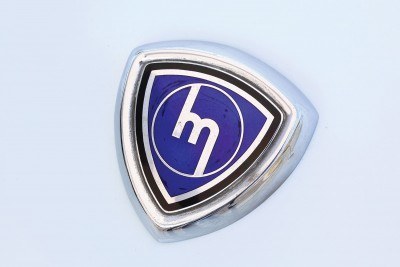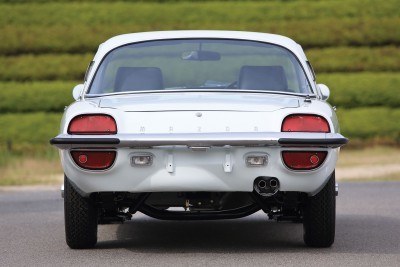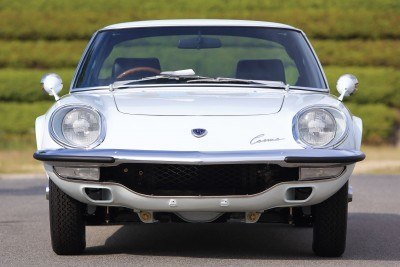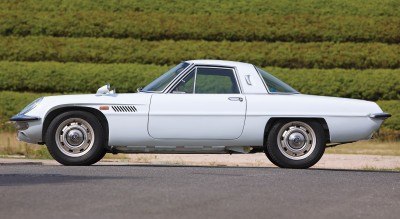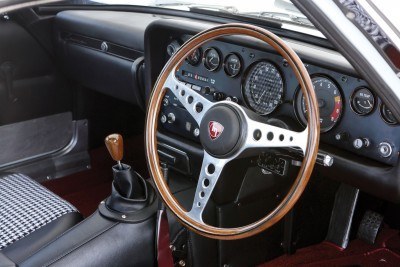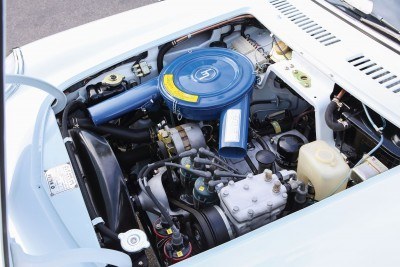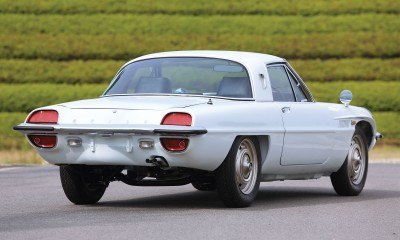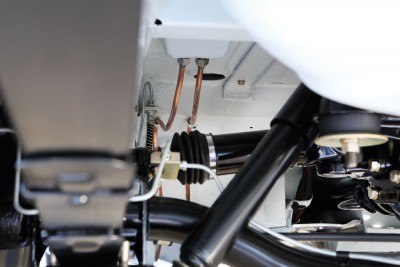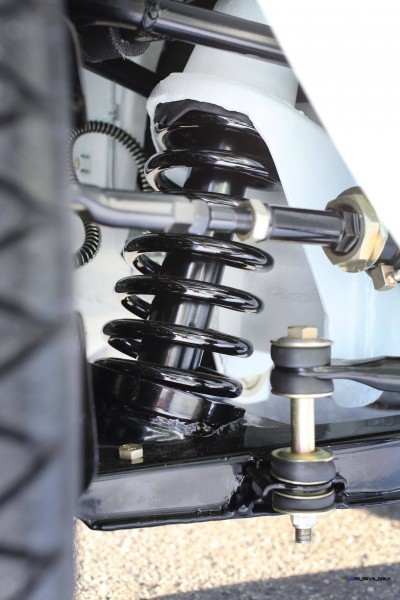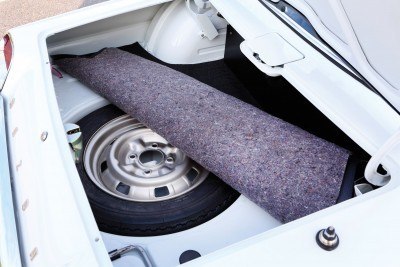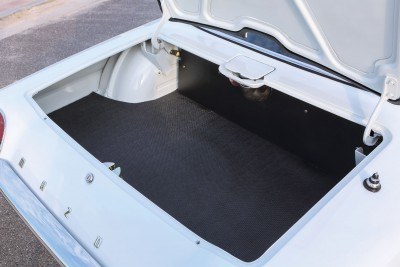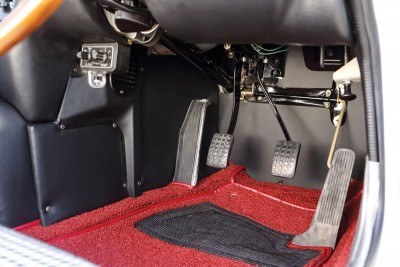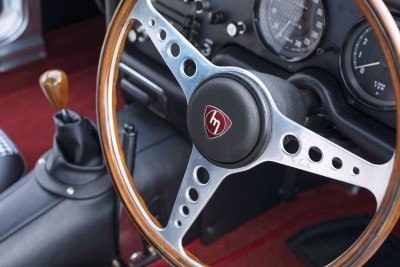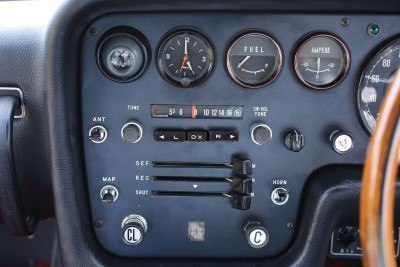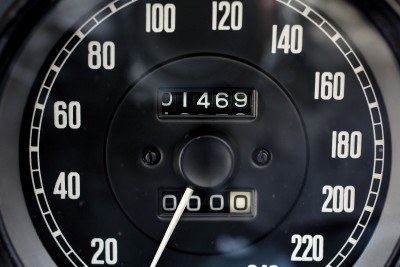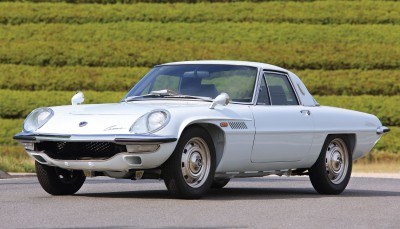 As you might know, we get really excited to find any Japanese car in the high-dollar auction world. The Monterey sale is the Super Bowl for car collectors. Tens of thousands of wealthy individuals descend on Pebble Beach and Carmel for a week-long extravaganza of past, present and future exotics.
As you might know, we get really excited to find any Japanese car in the high-dollar auction world. The Monterey sale is the Super Bowl for car collectors. Tens of thousands of wealthy individuals descend on Pebble Beach and Carmel for a week-long extravaganza of past, present and future exotics.
This makes the atmosphere fairly competitive even outside the fast-talking auctions. Polish up your current ride and eyeball what might become your next?
A few Datsun roadsters, Skyline’s and Toyota 2000GT’s are the only regular attendees of the oceanfront Cali spectacular — but are joined this year by an exceptionally rare and fantastically important 1971 Mazda Cosmo Sport.
This second-generation Cosmo Sport is the one to have. With larger wheels, power brakes and a bump from 110-hp to 128 ponies, the second-gen Cosmo is a sexy little plaything. Sharing some design cues with the legendary BMW 507, yet in hardtop form. Huge glass openings all around give the Cosmo incredible visibility for striking corner apexes with the world’s best.
Uniquely, this Cosmo Sport featured a twin-rotor Wankel engine design licensed from NSU (one of Audi’s precursor companies.)
As NSU rolled out their single-rotor Wankel to German and Euro buyers around 1967, the tech was widely hailed as the future of sportscars. Ultra light and compact engines of tiny displacement — yet pushing specific outputs that would be respectable 50 years later? Yes, this 984CC engine easily put out over 100-hp per liter. During a time when Europe achieved half that from its engines, and America perhaps a quarter. This power would take a 5.0-liter V8 from GM or Ford to match its 130HP — despite often-boistrous cubic inch and advertised outputs of the day.
The genius of the Cosmo Sport is throughout, but especially under the hood. Leveraging the pecision engineering, innovation and production standards for which Japan is revered today in industrial circles, the Cosmo Sport managed to be an emerging-market supercar no one ever expected.
Part of this precision helped the twin-rotor engine to avoid the NSU Wankel’s fate — exploded on the side of the autobahn from premature engine failure.
Mazda worked on their twin-rotor design throughout the 1950s and 1960s — improving tolerances with all-new engine seals and less friction overall than the NSU Wankel’s single rotor.
Just over 1000 of the second-gen Cosmo’s were made, with none officially imported to the US.
This racing white example is a very fresh arrival for the Monterey 2015 sale. It was fully restored in Japan by master craftsman using mostly new-old-stock parts. A flawless and rust-free example, then, is surely one of the best in the world. It is so pristine, you could eat off that front subframe!
Hopefully galvanized and reinforced more than was possible when originally made, this 1971 Cosmo Sport does have a major ace for its Cali-in-August buyer: the rare factory AC option!
1971 Mazda COSMO Sport
RM Auctions
Monterey
13-15 August 2015
1971 Mazda Cosmo Sport
Without Reserve
- Chassis no. L10B-11120
- Engine no. 10A-2079
128 bhp, 982 cc twin-rotor Wankel engine with a single Zenith Stromberg carburetor, five-speed manual transmission, independent front suspension, de Dion rear axle, and front disc and rear drum brakes. Wheelbase: 86.6 in.
- The first twin-rotor production car
- Fresh, comprehensive restoration by experts in Japan using numerous rare NOS parts
- Believed to be one of only a dozen in the U.S.
- Well equipped, including factory air conditioning
Although Mazda’s reputation as a sports-car builder is thoroughly cemented today thanks to the MX-5 Miata, the RX-7, and the RX-8, that was hardly the case 50 years ago, when the Japanese automaker defied expectations and displayed a prototype of its otherworldly Cosmo at the 1964 Tokyo Motor Show. Show-goers were undoubtedly wowed by the Cosmo’s space-race-inspired shape, but those who paid close attention found a highly innovative twin-rotor engine under its hood.
The rotary engine design, licensed by Mazda from Germany’s NSU (who held the patents), was developed over the course of the 1950s and early 1960s by German engineer Felix Wankel. Unlike a traditional piston engine, a rotary’s parts move by spinning in one direction. The result was an engine that boasted uncanny smoothness and terrific power from a compact design. Although NSU was first to market with a single rotary engine in its Spider, the German automaker’s effort was hampered by premature wear. Mazda, on the other hand, overcame this issue with a twin-rotor setup and a superior seal design that improved reliability and smoothness. To the uninitiated, to drive a twin-rotary powered vehicle is a revelation.
When it hit the market in 1967, the first Cosmo, later dubbed the Series I, boasted 110 horsepower and a 7,000 rpm redline from less than a liter of displacement—figures that impress today, let alone nearly 50 years ago. Underneath its sleek, futuristic sheet metal, the Cosmo was more of a petite grand touring coupe than an outright sports car, with its suspension’s progressive-rate springs tuned more for long-distance comfort than sharp-corner carving. The Cosmo was viewed by some as a smaller cousin to the Toyota 2000GT, but it made up for its size with its technological innovation and an unearthly ride.
Updated in July of 1968, the Series II Cosmo, known as the L10B, saw 128 horsepower extracted from its little rotary engine, plus an upgrade to a five-speed gearbox, and it now had a top speed of over 120 mph. The wheelbase had been extended by 15 inches (38.1 centimeters) in the rear for more cabin space and a better ride, although the overall length was unaffected. The brakes were now servo-assisted, the wheel diameter increased to 15 inches, and a handful of cosmetic updates were adapted. Fewer than 1,200 were built, all were right-hand drive for the Japanese domestic market (including a small number bound for Australia), before production ceased in 1972. Only a handful have been accounted for in the United States, with properly restored examples difficult to find and appreciated by connoisseur collectors with a taste for the unusual (including, notably, Jay Leno).
This second-series Cosmo, freshly restored in Japan, has recently arrived in the United States for the first time. During the comprehensive work, the Mazda was expertly restored using many new old stock parts, resulting in a superb and correct example that is impressively detailed throughout and surely among the finest examples in the world today. There were few available options, the most desirable of which was air conditioning. This Cosmo is one of those so equipped, a godsend for its occupants given the car’s airy greenhouse. It is visually stunning, finished in the classic white over the standard black interior, which is accented by houndstooth cloth inserts to the seats, and deep red carpeting.
This Cosmo is a terrific performing example of the first twin-rotor production car that helped define Mazda as a preeminent manufacturer of fun-loving sports cars.

Tom Burkart is the founder and managing editor of Car-Revs-Daily.com, an innovative and rapidly-expanding automotive news magazine.
He holds a Journalism JBA degree from the University of Wisconsin – Madison. Tom currently resides in Charleston, South Carolina with his two amazing dogs, Drake and Tank.
Mr. Burkart is available for all questions and concerns by email Tom(at)car-revs-daily.com.

